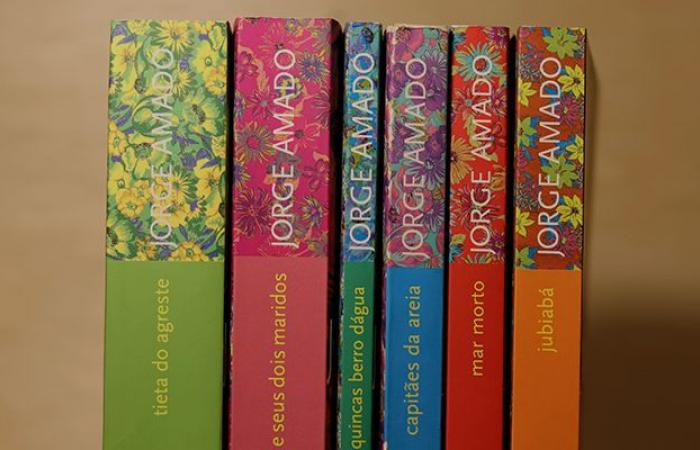By Joselia Aguiar*
It was 1937, and a young 25-year-old author from Bahia was writing his sixth novel. He told his editor that, with this new story, he felt he would, in his words, shake the country’s sensitivity. The boy was called Jorge Amado, the editor who received news by letter was one of the greatest of his generation, José Olympio from São Paulo, based in Rio, and it was Sand captainsabout childhood on the streets of Salvador.
Almost a century after his debut as an author, Amado has all his books in catalog and is easily found in bookstores, attracting readers of all ages, including very young ones. Classics are those that stand the test of time. But, among the classics, some, as is your case, are so relevant that they appear to have been published today.
The story of Pedro Bala and his gang moves Brazilian generations and is one of his best-selling books to date. In a pioneering way, Amado brought to light a problem that was beginning to exist in large cities. The list of pressing issues he addresses is as extensive as his work, with more than 40 books, written over a long period, from the 1930s to the 1990s.
This list includes political disputes, violence in the countryside and against women, cultural and social reinvention based on Afro-Brazilian religiosities, female protagonism, real estate usury that expels residents – sometimes criminally –, food security . When published Tieta do Agrestein 1976, Amado revealed to the press that, behind the saga of the girl who returns to her hometown for a personal reckoning, there was a great intention of his, as an author, to address the problem of the environment.
At the time Amado emerged and throughout the first half of the 20th century, political and symbolic discussion about what Brazil is, what it means to be Brazilian and what Brazilian art is was on the agenda. One of those who contributed to formulating these ideas of identity, Amado specifically addresses Bahia, understood by him as a representation of Brazil – this particularity is sometimes a reason for controversy, because not all Brazilians recognize themselves in its plots.
The explanation for his success has to do not only with his work, but also with his attitude as a writer. His desire was to be popular, so he distanced himself from more experimental or intellectualized literary options. He invested in elements of the cordel and feuilleton tradition, the so-called romance novels. la tierra and the indigenous novel – these last two models from Latin America – and above all proletarian literature, which was not exclusive to the Soviets, was also present in the North American social novel. By writer’s attitude, we can understand his effort as a literary agent of himself. He was committed to making his own contacts, finding a publisher, taking up space in the bookstore, always on the lookout for ways to retain readers, which initially included publishing one book a year, so as not to be forgotten.
You learn a lot about the history of Brazil while reading his books and following his trajectory. And there is the possibility of taking the most different approaches, because it can be the subject of work only in the field of literature, as well as those that cross literature and other arts, literature and anthropology, literature and sociology. In other words, due to the multiplicity of questions and approaches, it can attract the most different perspectives and propositions.
Since his literary debut, Amado was read by critics as someone who wrote stories with a lot of life. Even though it may seem vague and not very technical to say this, what makes it perennial is, yes, the vitality of what it narrates. The reader likes his novels mainly because he gets emotional, cries and laughs. There is love and death, fights and dreams. The feeling he has is that of meeting living people and following their trajectories as they happen. Amado took seriously the idea of being a storyteller – of very Brazilian stories.
*Joselia Aguiar She is a journalist and writer. Her training includes letters, journalism and history. First, she became a bachelor in social communication (UFBa), then a master and doctor in history (USP). Her first book, Jorge Amado – a biography (Todavia), won the 2019 Jabuti award in the biography, documentary and reportage category. She is currently writing a book about the life and work of the painter Djanira, for the same publisher Todavia. She is the organizer of the Brasileiras collection, from the publisher Rosa dos Tempos (Record group), which brings together profiles of women who inaugurated, expanded and transformed their areas of activity in the country. She curated literary festivals, such as FLIP (2017 and 2018 editions), and directed the Mário de Andrade Library.






